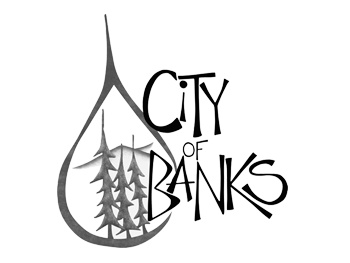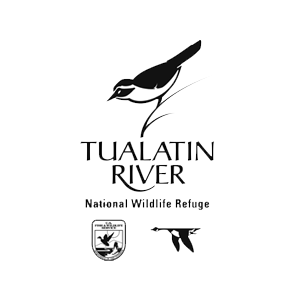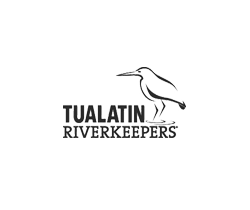A Small Creek with a Big Impact
Less than a mile east of the confluence of Baker and Heaton Creeks in unincorporated Washington County, an unnamed creek meanders through Chehalem Mountains forest. Decades ago, landowners constructed a berm that routed the water into a manmade pond, blocking the creek’s natural flow, heating water in the sun, and creating a barrier to fish attempting to reach habitat upstream.
Recognizing an opportunity to improve local habitat and water quality in the creeks, Metro bought the property, and Clean Water Services led a restoration effort to drain the pond, restore the streamflow and rehabilitate the local aquatic ecosystem. Meanwhile, Metro has led the effort to restore the forests above the stream by thinning out dense tree growth and creating openings for wildlife. In a relationship that mimics nature, the partners made sure that wood from the upland forests was used to restore the creek.
The Site
First planting: 2022
Size: Parcel size: 29 acres; work site: 8.18 acres
Stream length: .25 miles
Total to date: 3,500
Plant communities: Emergent Marsh, Riparian Forest, Scrub Shrub, Upland Forest
The Challenge
When landowners erected a dam across the small tributary of Baker Creek, the consequences were far-reaching. The water had once moved freely. Now it stagnated in a manmade pond. Though a culvert was constructed to maintain downstream flow, it stopped all fish passage upstream—and much of the year, the pond’s water level was too low to feed the culvert. When the water was higher in the pond, any blockage caused water to overflow and erode the dam, sending sediment into the downstream waters.
The previous landowners had also removed trees adjacent to the creek. With little or no shade to cool the water, temperatures in the pond climbed higher and higher, making it inhospitable to native fish and amphibian species. Finally, sides of the dam began to erode, threatening an uncontrolled release of sediment into Baker Creek.
The Transformation
After Metro acquired the property and it was incorporated into the existing Baker-Heaton Confluence Natural Area in 2018, plans were drawn up to restore the creek’s flow and rehabilitate the site. The pond was carefully drained to protect fish and amphibians, and to manage the dispersal of sediment. Crews erected wood structures along the creek’s path, slowing the water and providing critical habitat for local species—all of the wood they used was salvaged from the adjacent hill, where a gap had been cleared to create a firebreak. Finally, the channel was widened through the site of the old berm to let the creek flow through.
Pre-vegetated wetland sod mats were laid throughout the site to create a solid foundation for new plantings. Once established, a variety of native trees, shrubs and grasses will shade the water and keep it cool.
Even in the short amount of time since the site’s restoration, partners have seen native rough-skinned newts return to the site to breed. Beaver chew has been spotted on creekside saplings. All signs indicate that other species, including the endangered Pacific lamprey, will start to utilize the re-opened channel. Thanks to the effort of Tree for All partners, the site has the potential to offer local wildlife and downstream populations the benefits of a healthy, functioning habitat once again.









































